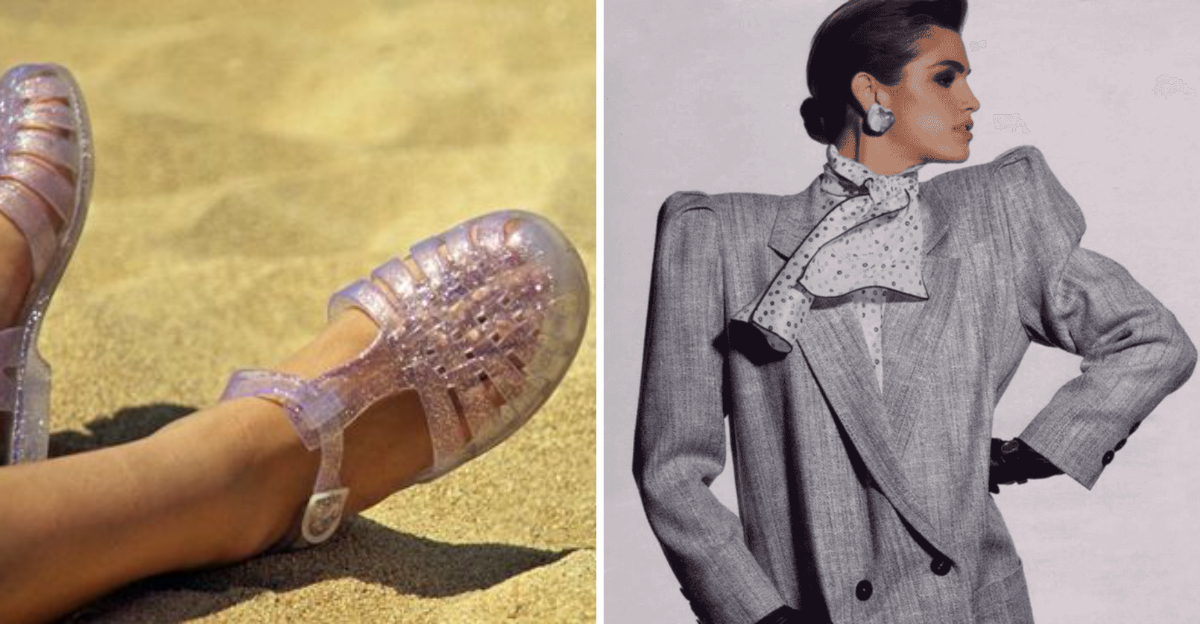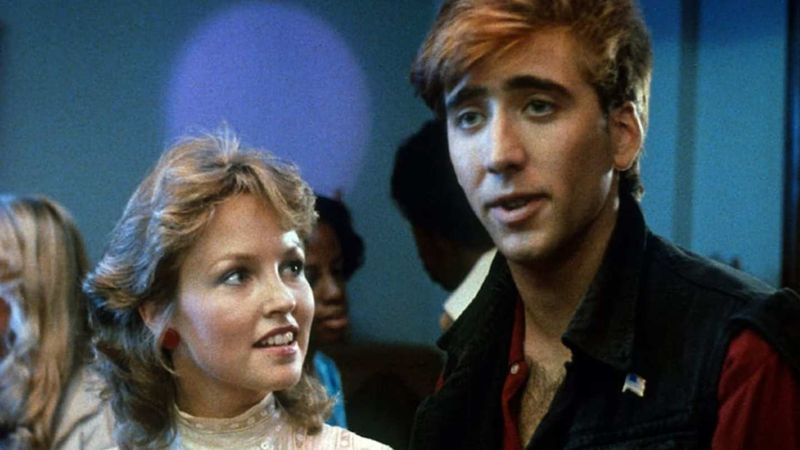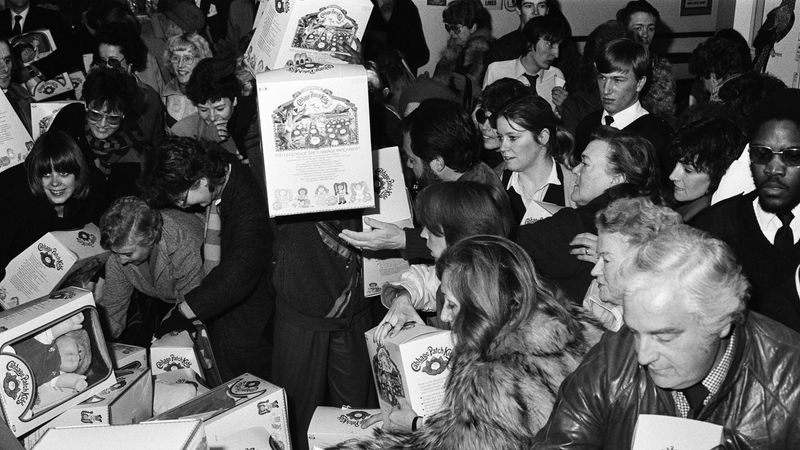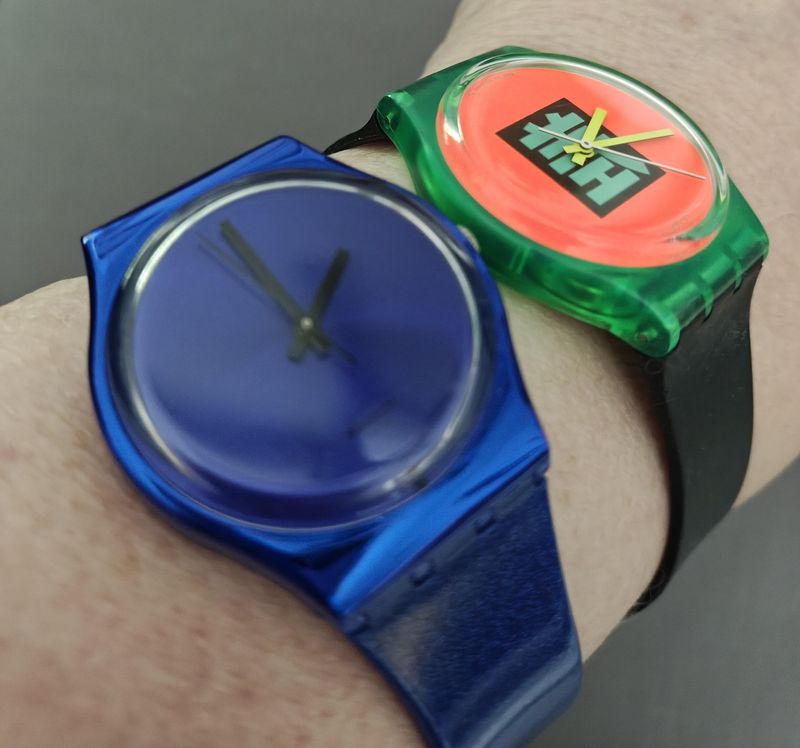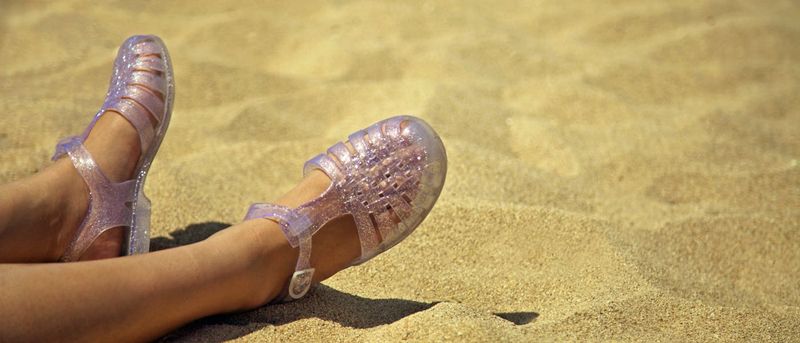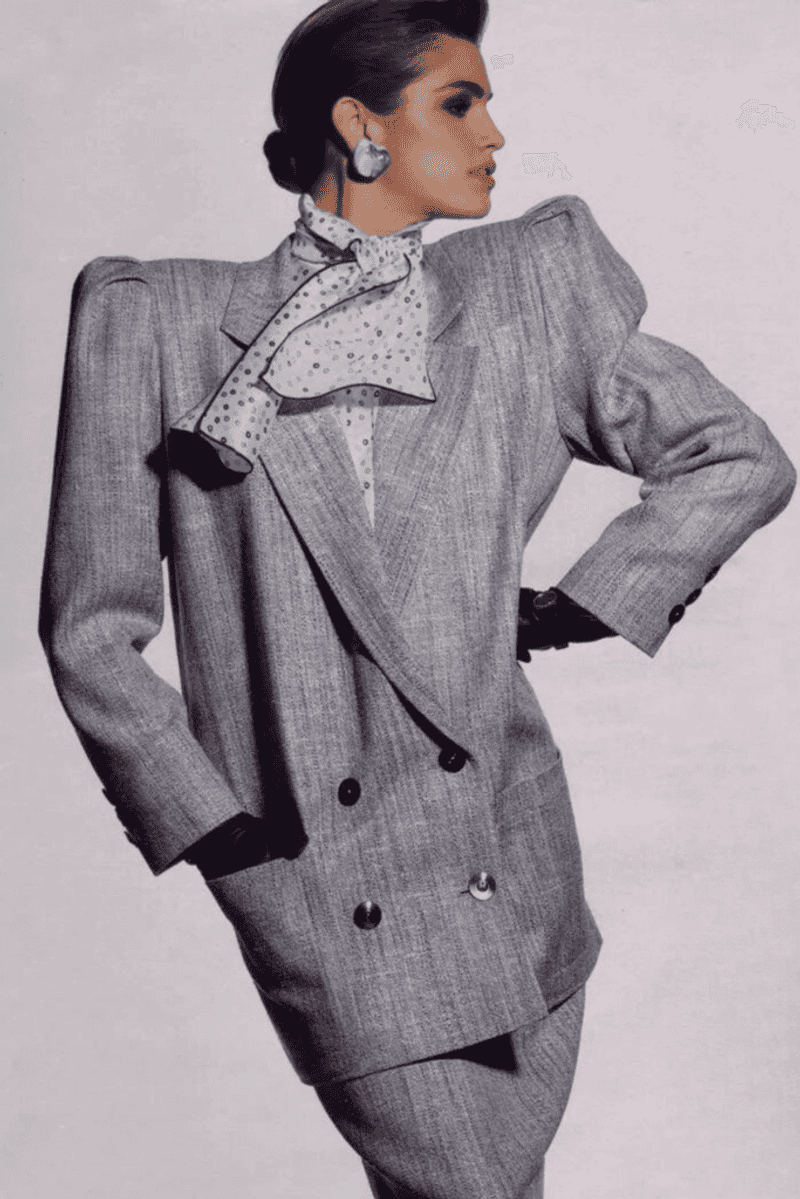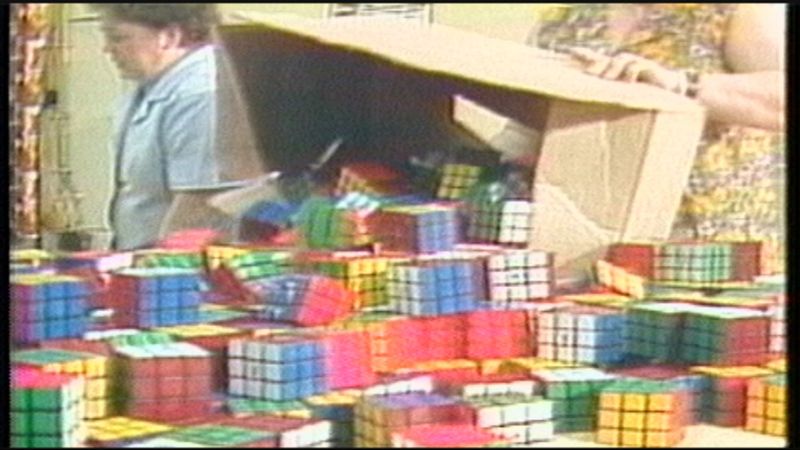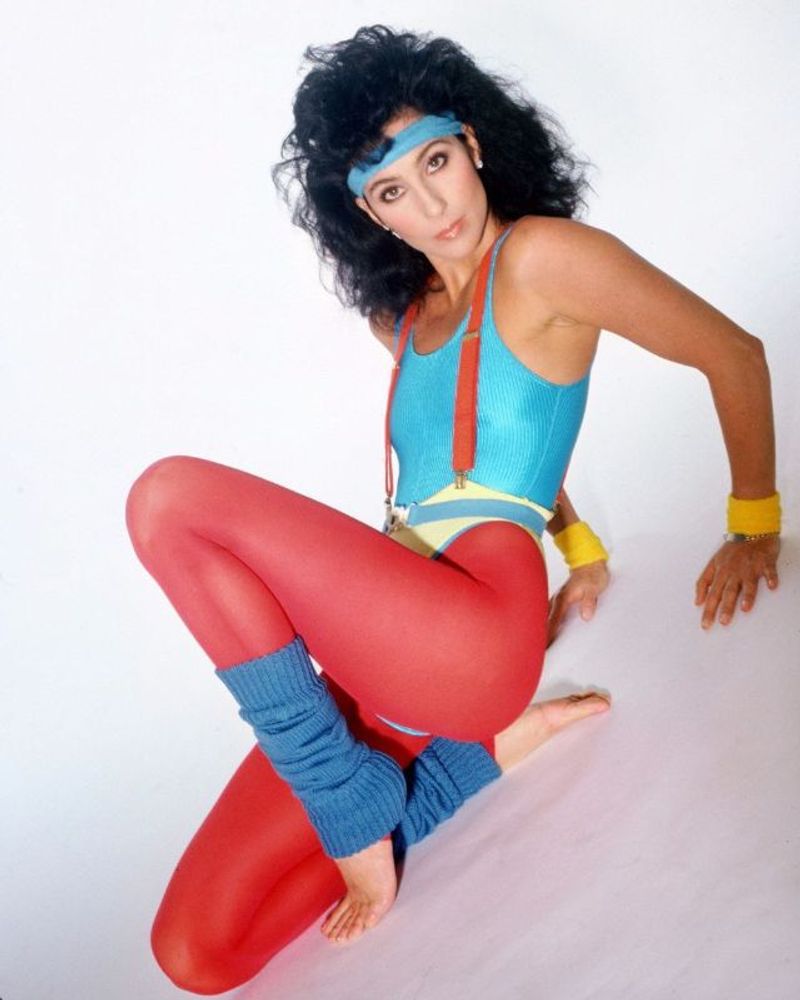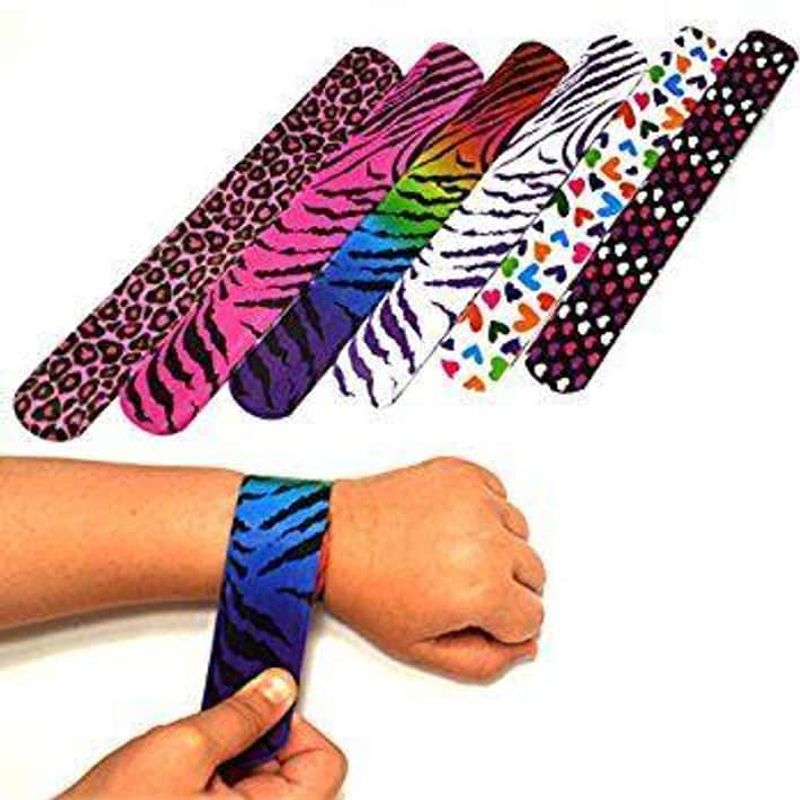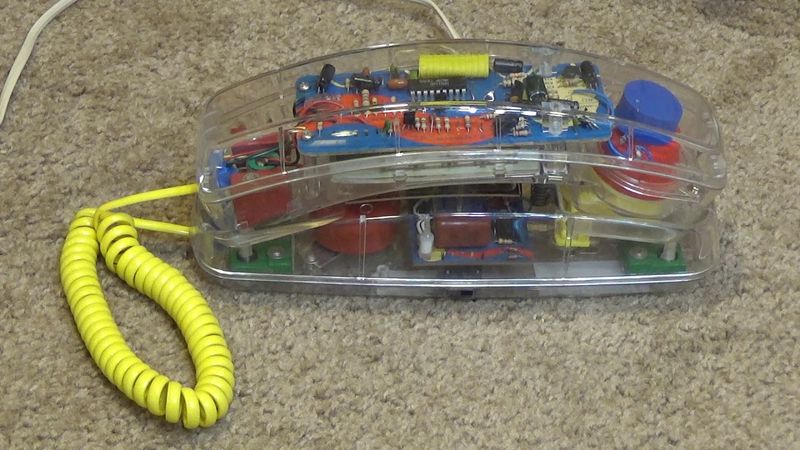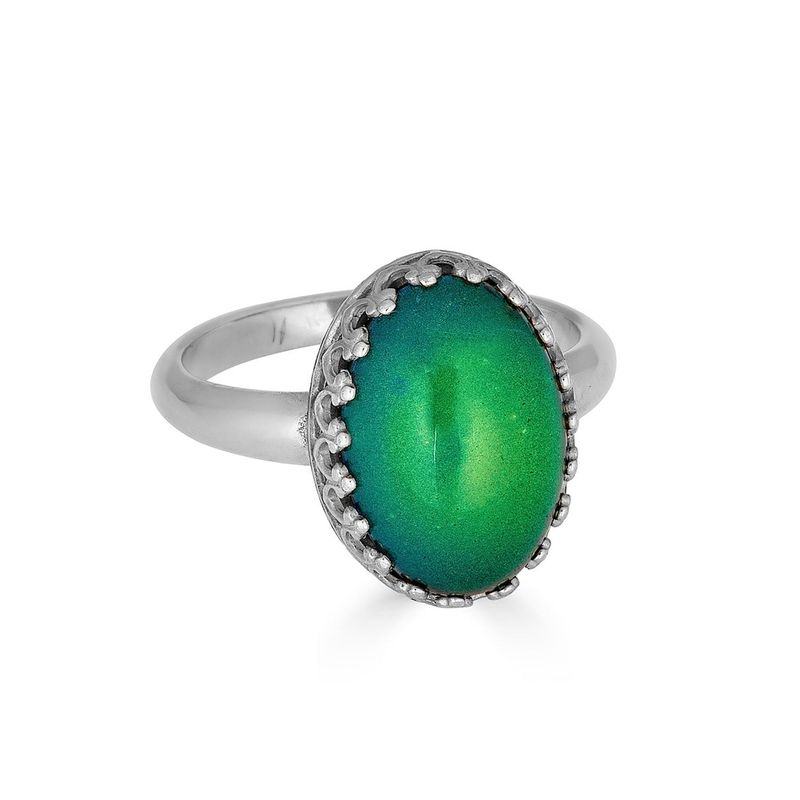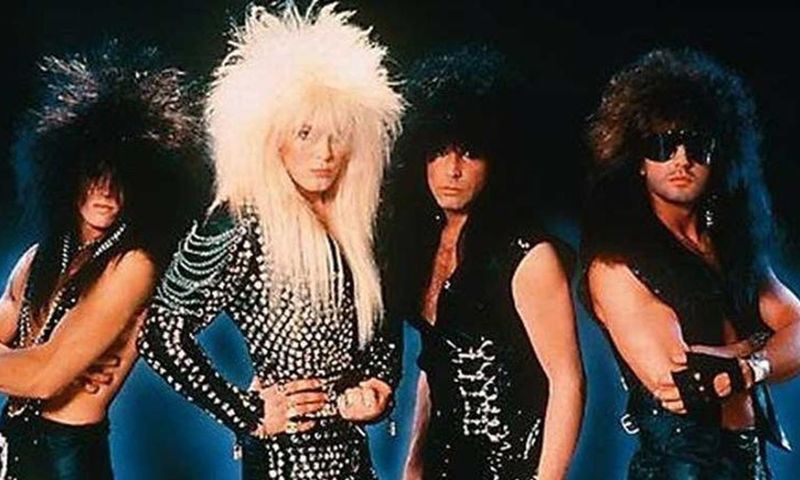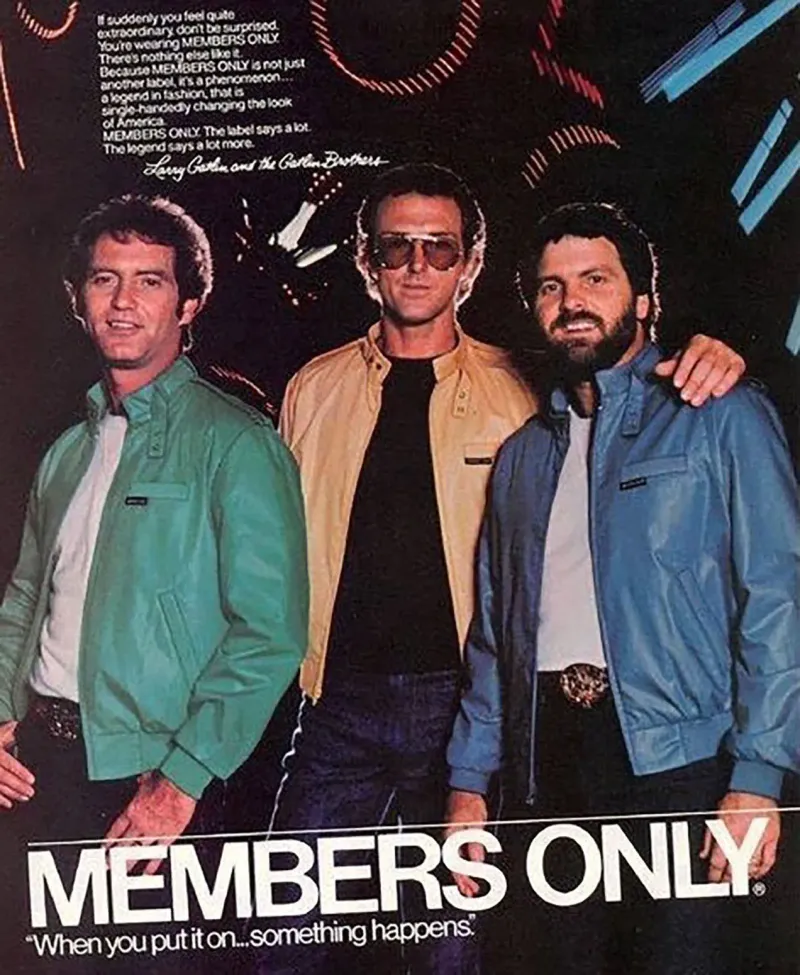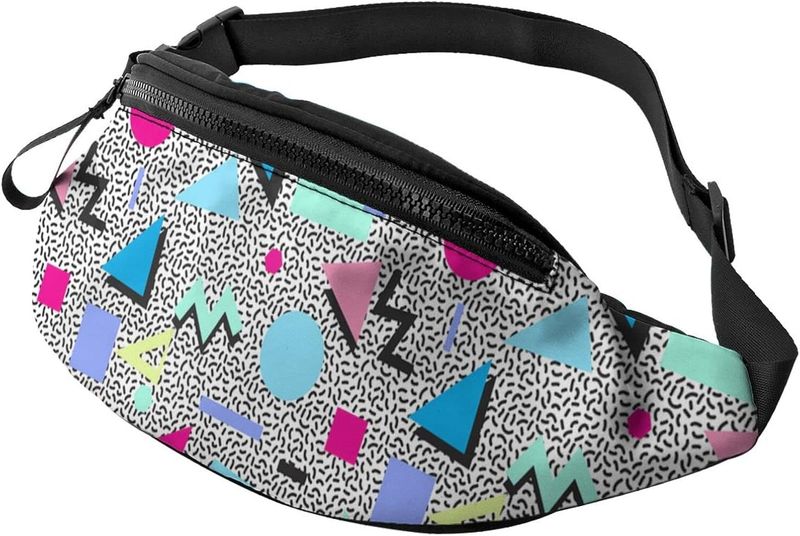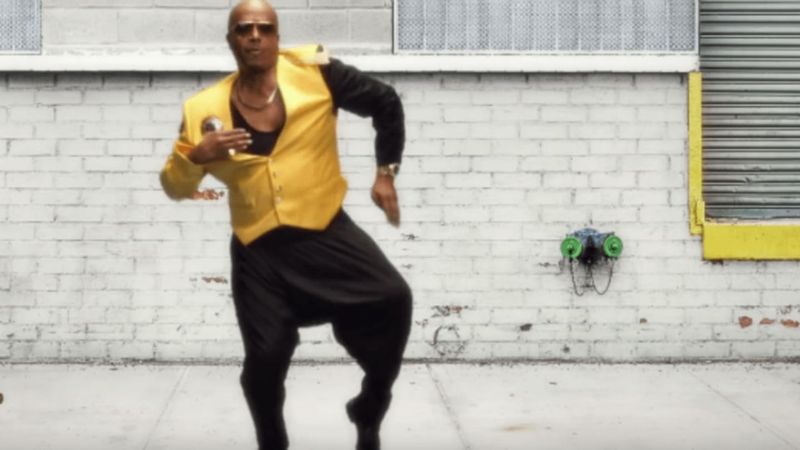The 1980s brought us more than just great music and movies – it delivered some truly head-scratching fads that swept the nation. From peculiar fashion choices to strange collectibles, these trends defined a generation before vanishing almost as quickly as they appeared. Looking back now, these cultural phenomena seem almost alien, yet they perfectly capture the anything-goes spirit of this colorful decade.
1. Valspeak: The Language of ‘Like, Whatever’
Valley Girl speak transformed American slang overnight after Frank Zappa’s 1982 hit song. Suddenly teenagers everywhere were peppering conversations with “gag me with a spoon,” “totally tubular,” and ending statements with question marks? The epidemic spread from California malls to nationwide high schools faster than you could say “fer sure.” Teachers cringed as vocabulary was replaced with endless variations of “like” and “totally.” While some Valspeak survives today (hello, upspeak!), the extreme version with dramatic hand gestures and exaggerated disgust at all things “grody” mercifully faded by decade’s end.
2. Cabbage Patch Kid Riots
Remember when parents physically battled each other in department stores? The Cabbage Patch craze wasn’t just about dolls – it was mass hysteria. Each pudgy-faced toy came with adoption papers and a unique name, making children believe they weren’t just buying a toy but “adopting” a one-of-a-kind baby. Stores couldn’t keep shelves stocked during the 1983 Christmas season. News footage captured actual riots breaking out at Toys R Us locations. The dolls themselves, with their signature Xavier Roberts signature on their bottom, generated over $2 billion in sales before the frenzy subsided.
3. Swatch Watch Stacking
Owning just one Swatch? Tragically uncool in 1985. The Swiss company revolutionized timepieces with affordable plastic watches in wild patterns and eye-searing colors – but true fashionistas wore multiple Swatches simultaneously stacked up their arms. The plastic bands clicked together, creating wrist art that doubled as a status symbol. Limited editions like the jellyfish transparent model or the scented dessert collection commanded premium prices and trading communities. Celebrities fueled the obsession, sporting five or six watches at once. The resulting tan lines? Worth it for the ultimate accessory flex that screamed “I have disposable income and zero practical sensibilities!”
4. Jelly Shoes: Blisters as Fashion
Footwear made entirely from PVC plastic sounds like a sweaty nightmare, yet jelly shoes dominated ’80s summer fashion. These translucent, glitter-infused torture devices came in every neon shade imaginable and paired perfectly with scrunchie socks. The appeal? Affordable style (under $10) and waterproof versatility for beach or pool. The reality? Blisters, foot sweat, and the distinctive squeak-squeak soundtrack that announced your arrival. Despite causing more foot injuries than any shoe before or since, jellies returned briefly in the late ’90s and again in the 2010s, proving nostalgia outweighs comfort every time.
5. Shoulder Pads: Power Suit or Football Gear?
The ’80s business mantra: if you can’t break the glass ceiling, at least look like you could shoulder-charge through it. Inspired by Dynasty’s Joan Collins and Working Girl’s corporate warriors, shoulder pads transformed average blazers into architectural statements. Women’s clothing wasn’t complete without foam inserts creating a silhouette that could intimidate linebackers. Even casual sweaters and dresses featured these power shoulders, making doorways a navigational challenge. Men weren’t exempt either – Miami Vice’s Don Johnson sported a padded look that influenced menswear nationwide. The trend peaked when removable Velcro pads sold separately, allowing fashion victims to customize their shoulder width.
6. Rubik’s Cube Obsession
Hungarian professor Ernő Rubik never anticipated creating a global phenomenon when he invented his color-matching puzzle. The simple-looking cube with six faces of scrambled colors became the ultimate status symbol for ’80s kids – solving it meant instant playground credibility. Solution books became bestsellers as millions of frustrated cubers sought shortcuts. Speed-solving competitions emerged, with champions completing the puzzle in under 30 seconds while most Americans simply peeled off the stickers. By 1982, over 100 million cubes had been sold worldwide. The fad faded by mid-decade, though modern speed-cubers still break records using specialized lubricated cubes and algorithmic solutions.
7. Leg Warmers Beyond the Dance Studio
Before Flashdance hit theaters in 1983, leg warmers belonged exclusively to ballet dancers. After Jennifer Beals sported them while welding steel (as one does), these knitted tubes became mandatory fashion for mall-hopping teens who’d never seen the inside of a dance studio. The chunky, often neon-colored accessories made zero practical sense when paired with miniskirts or shorts in summer heat. Yet fashion-forward females layered them over jeans, under skirts, and even with formal wear. Aerobics classes provided the perfect excuse to wear them legitimately, though most wearers were more interested in the Jane Fonda look than actual exercise benefits.
8. Slap Bracelets: Wrist Warfare
The concept seemed innocent enough: a strip of flexible metal covered in patterned fabric that, when straightened and slapped against a wrist, instantly curled into a bracelet. What could possibly go wrong? Plenty, as elementary schools discovered. The satisfying *WHACK* of application led to slap fights, while worn fabric exposed sharp metal edges that caused actual injuries. Originally patented as a “bistable spring band,” these banned-in-many-districts accessories sold millions before safety concerns and school prohibitions ended the craze. Modern versions use safer materials, but nothing matches the dangerous thrill of those original metal contraptions that left both fashion statements and occasional scars.
9. The Clear Craze: Transparent Everything
The ’80s philosophy: if you can see through it, it must be futuristic! Transparent products dominated every market sector – from see-through telephones that displayed their inner circuitry to clear Swatches and plastic furniture. Soda companies jumped aboard with Crystal Pepsi and Tab Clear. Electronics manufacturers created transparent Game Boys and desk phones where you could watch the dial mechanism work. Even prison-style clear backpacks became fashion statements. The aesthetic promised a glimpse into the inner workings of everyday objects while actually delivering nothing but the realization that most product interiors are disappointingly boring. The fad eventually faded when consumers remembered that opacity has practical advantages.
10. Mood Rings: Color-Changing Emotion Detectors
Long before emoji status updates, mood rings promised to broadcast your emotions through color-changing stones. These liquid crystal-filled accessories supposedly revealed your inner feelings: blue meant calm, green signaled normal, black indicated stress, and purple suggested romance. The pseudo-science behind them was delightfully simple – they merely responded to body temperature. Cold hands always registered “stressed” regardless of actual emotions, but that scientific reality didn’t stop millions from consulting their jewelry for emotional guidance. Originally a ’70s invention, mood rings experienced a massive resurgence in the ’80s with matching necklaces and earrings. The fad peaked when mood beads appeared on friendship bracelets, creating friendship anxiety when your friend’s beads turned black around you.
11. Hair Metal Band Hair: Defying Gravity
The bigger the hair, the bigger the hits – that was the unspoken rule of ’80s glam metal. Bands like Poison, Mötley Crüe, and Bon Jovi created towering hairstyles that required industrial quantities of Aqua Net hairspray and significant pre-show prep time. Achieving the look demanded commitment: backcombing, teasing, crimping, and enough chemicals to concern environmental agencies. Men’s styling products outsold women’s for the first time as suburban teens attempted to replicate their headbanging heroes. The environmental impact of all that aerosol propellant might have accelerated ozone depletion, but the visual impact was undeniable. By decade’s end, even business executives were sporting subtler versions of the mullet and feathered looks.
12. Members Only Jackets: Exclusive to Everyone
Nothing screamed “I belong” like a jacket literally branded with exclusivity. These zip-up nylon jackets with their distinctive shoulder epaulets and chest logo pocket became the uniform of middle-class cool despite their relatively affordable $55 price tag. The marketing genius lay in the name – wearing one implied you belonged to some undefined elite club. In reality, millions owned them, making them possibly the least exclusive exclusive item in fashion history. Available in every pastel shade imaginable (Miami Vice’s Don Johnson preferred white), these windbreakers were mandatory attire for mall cruising and school dances. The brand attempted comebacks in the 2000s, but nothing matched the original’s perfect blend of preppy pretension and mass-market accessibility.
13. Fanny Packs: The Hip Holster
Before they became ironic hipster accessories, fanny packs (or “bum bags” for international readers) were the pinnacle of practical ’80s fashion. These zippered pouches worn around the waist freed up hands while keeping valuables secure – and fashion sense questionable. Available in neon nylon, leather, and even designer patterns, these hands-free storage solutions crossed all demographic boundaries. Tourists, dads, runners, and even fashion models sported them without a trace of self-consciousness. The ultimate symbol of choosing function over style, fanny packs perfectly embodied the decade’s practical excess. Their recent runway revival proves fashion’s cyclical nature, though modern wearers typically sport them across the chest rather than at waist level.
14. MC Hammer Pants: Too Legit to Fit
When rapper MC Hammer debuted his signature parachute-like pants in the “U Can’t Touch This” video, fashion would never be the same. These baggy monstrosities featured an ultra-low crotch that hung near the knees, with ankles tapered tight – creating a silhouette that resembled nothing in nature. Originally inspired by traditional Middle Eastern clothing, these pants contained enough fabric to make three normal pairs. The roominess allegedly helped Hammer’s dancing, but for average wearers, they mainly helped with tripping and getting caught in escalators. Department stores couldn’t stock them fast enough as teens nationwide embraced the look. The pants’ rapid fall from fashion coincided with Hammer’s bankruptcy – perhaps the universe restoring balance to the fashion world.
